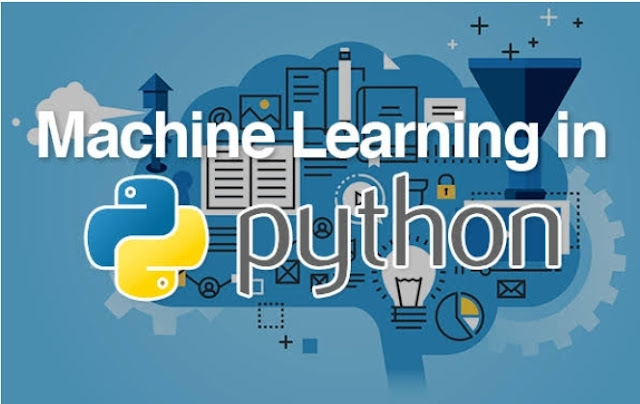Machine learning in Python
Python has become a cornerstone in the field of machine learning due to its simplicity, versatility, and extensive ecosystem of libraries and frameworks. Python's syntax is easy to understand, making it accessible for beginners while powerful enough for experts. Key libraries like NumPy, pandas, and SciPy provide robust tools for data manipulation and analysis, which are crucial in preparing datasets for machine learning tasks.
Frameworks such as TensorFlow, PyTorch, and scikit-learn simplify the implementation of machine learning algorithms. TensorFlow and PyTorch are particularly popular for deep learning applications, offering extensive support for building and training neural networks. Scikit-learn is widely used for more traditional machine learning methods, providing a user-friendly interface for implementing a range of algorithms from regression to clustering.
Moreover, Python’s integration with Jupyter Notebooks facilitates interactive coding, visualization, and documentation, enhancing the experimentation and iteration processes that are essential in machine learning projects. The community support and wealth of resources, including tutorials and documentation, further empower developers and researchers to advance in machine learning. Overall, Python’s comprehensive libraries, ease of use, and strong community support make it an indispensable tool for machine learning practitioners.
Below example demonstrates how to build and evaluate a basic linear regression model to predict house prices based on a dataset.
import numpy as np
import pandas as pd
from sklearn.model_selection import train_test_split
from sklearn.linear_model import LinearRegression
from sklearn.metrics import mean_squared_error
# Generate a simple dataset
np.random.seed(42)
X = 2 * np.random.rand(100, 1)
y = 4 + 3 * X + np.random.randn(100, 1)
# Split the dataset into training and testing sets
X_train, X_test, y_train, y_test = train_test_split(X, y, test_size=0.2, random_state=42)
# Create and train the linear regression model
model = LinearRegression()
model.fit(X_train, y_train)
# Make predictions on the test set
y_pred = model.predict(X_test)
# Evaluate the model
mse = mean_squared_error(y_test, y_pred)
print(f"Mean Squared Error: {mse}")
# Print the model's parameters
print(f"Intercept: {model.intercept_}")
print(f"Coefficient: {model.coef_}")
- Explanation:
- Data Generation: We create a synthetic dataset using NumPy for simplicity. `X` represents the feature (e.g., size of the house), and `y` represents the target variable (e.g., house price).
- Train-Test Split: We split the dataset into training and testing sets using `train_test_split` from scikit-learn.
- Model Training: We create an instance of `LinearRegression` and train it on the training data (`X_train`, `y_train`).
- Prediction and Evaluation: We make predictions on the test set (`X_test`) and evaluate the model using Mean Squared Error (MSE).
- Output: We print the MSE, intercept, and coefficient of the trained model to understand its performance and parameters.






Comments
Post a Comment